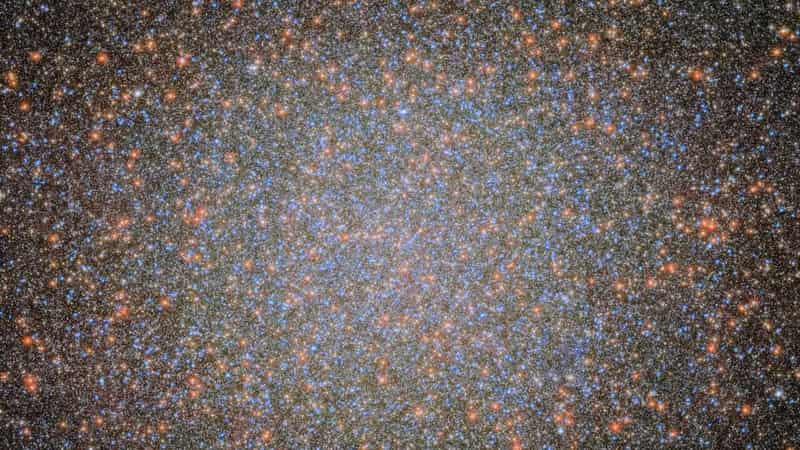
A black hole 20,000 times bigger than the sun sounds like it might be hard to miss.
But it has taken researchers 20 years to find the new category of black hole that may help explain how galaxies evolve.
Black holes are deep gravity sinks where not even light can escape, making them tricky to identify through a telescope.
Previously, scientists understood there were two types of black holes - stellar, which are about 50 times the mass of the sun, and supermassive which are so big they are found at the centre of galaxies.
For two decades, researchers have been looking for evidence of mid-sized black holes to better understand how galaxies form.
Now they claim there is "smoking gun" proof of one.
It was found at the centre of the Omega Centauri star cluster in the Milky Way, about 18,000 light years away, and is believed to be 20,000 times the size of the sun.
“When I saw the data, I immediately knew we found something special," University of Queensland researcher Holger Baumgardt said.
Researchers studied more than 500 telescope images of 1.4 million stars in the Omega Centauri cluster, identifying seven that were moving so fast they should have escaped the cluster and never return.
The most reasonable explanation they could find for these stars remaining in the cluster was a black hole.
This is due to a significant gravitational pull keeping the stars in orbit and scientists not being able to see anything at the centre.
Mr Baumgardt believes this discovery is the missing link to understand the evolution in the size of black holes and the formation of galaxies.
He said astronomers were unsure how the supermassive black holes became so big when the other type was so much smaller.
But having a 'middle ground' black hole may explain how they grow in size.
"That would then have some consequences for our understanding of the evolution of galaxies," he said.
Researchers will now look to find out how it was formed, how common they are and whether black holes can grow.
Mr Baumgardt believes there are more intermediate-sized black holes to be found.
The research was published in science journal Nature.









